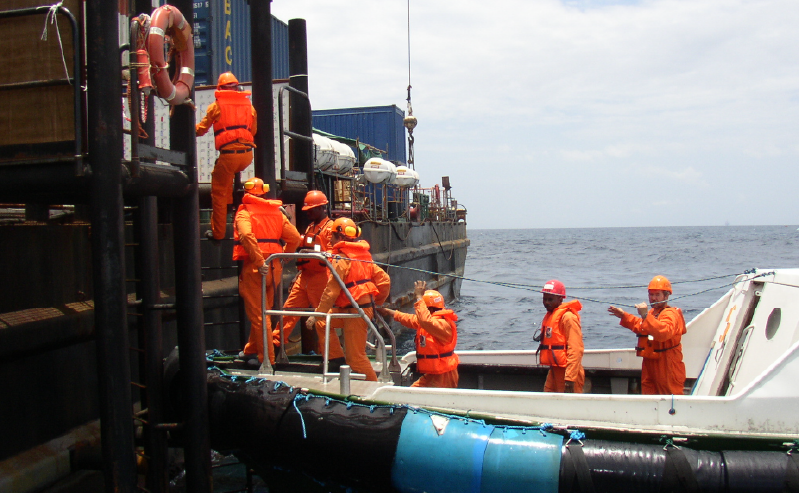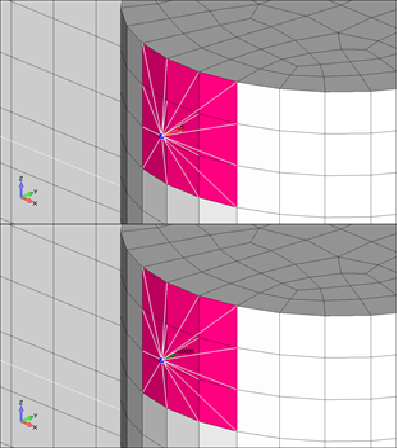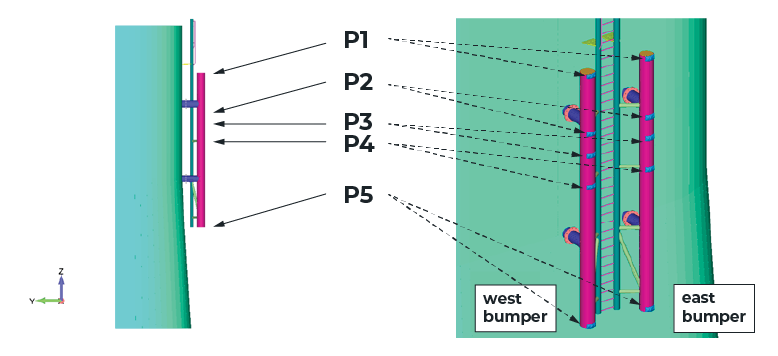The stress check of existing boat landing report comprises the rules, methodology and assumptions taken into account for the structural assessment of a boat landing platform located on the offshore installations.
The offshore wind sector is seeing an unprecedented grow due to the current drive in green solutions and green energy. Simply put, the system comprises a fixed or floating installation (offshore wind station) and a crew tender vessel that allows engineers and technicians to board these types of installations for service, maintenance and modifications. The difference between the traditional oil and gas sector and the offshore wind sector is that the new installations are not inhabited and are serviced during the day.
This article addresses the dynamic modelling of the safety critical operation of personnel transfer during boarding operations.


While new technologies are improving and innovations are penetrating the market for improved accessibility to board Offshore Wind turbines such as Boarding Control system and motion compensating gangway backed by DP2 and DP3 vessels, the majority of the operations are carried out classically, using a small catamaran CTV. In this case, the vessel will press up against the boat landing, which consists of a pair of strong parallel vertical beams, known as “bumper bars”.
The classical solution is still working due to reduced cost (compared to complex vessels and complex transfer systems), and dramatically enhanced number of installed wind stations that require service. This allows the service personnel to step across to a ladder located between and slightly behind the boat landing.
This shows a continuous need for engineering support in order to assess the integrity of the boat landing platform and to ensure the safe operation in high seas environments all over the world.
GLO Marine has performed several of these types of analyses on jacket structures, semisubmersibles (HVDC units especially) and offshore wind stations. The work has been performed mainly for vessels ranging from 50 to 250 tons, in waves up to 2 m significant wave height and 1 to 2 m/s impact velocity.

The proper assessment of the operation (vessel displacement, impact area, velocity and impact points) are most important when deriving the berthing force for a correct simulation and diagnose.
The energy absorption of the structure is dictated by the ship mass, it’s trajectory during impact and the impact area. For conservative reasons, the mass modelled ship does not absorb energy, while the contact area is kept to minimum during impact.

Extreme wind loads and wave loads are also equally important to be properly assessed based on metocean data available in the location of the installation.
Up to 70 load combinations are usually derived during the analysis to inspect the structure in all conditions ensuring the safety of crew and asset.
Our team of Naval Architects and Structural Engineers are using the latest software (FEMAP from Siemens) and latest rules and methodology available in order to help our clients complete their projects and objectives in a safe and controlled manner.